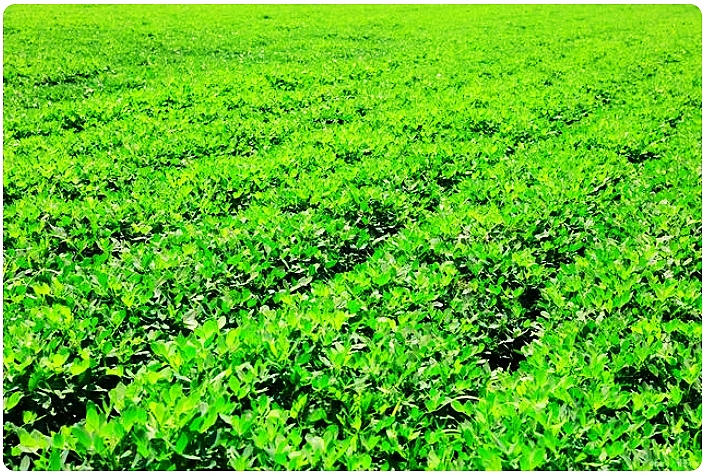What Are You Looking For?
Herbicide Defoamer: A Key Role in Herbicides
Sep 26, 2024In the picture of modern agriculture, every drop of herbicide carries farmers’ expectations for a bumper harvest. However, during the use of herbicides, the foam problem is like an impossible threshold, affecting the effectiveness of the herbicide. Today, let’s unravel the mystery of eliminating foam in herbicide defoamer.

When spraying herbicides, foam formation is almost inevitable due to agitation, pressure, or the effects of surfactants. These foams not only reduce the contact area of the active ingredients and reduce weeding efficiency, they may also cause a waste of chemical liquid and even cause additional burdens on the environment.
Herbicide defoaming agents can quickly defoam by reducing the liquid tension and destroying the stable structure of the foam. Adding an appropriate amount of defoaming agent to the herbicide can significantly reduce foam generation, ensure uniform liquid distribution, and improve the weeding effect. What's more, modern herbicide defoamers adopt environmentally friendly formulas, which are harmless to the human body and more friendly to the environment.
When selecting a herbicide defoamer, comprehensive consideration should be given to its compatibility with the herbicide ingredients and its defoaming performance. Make sure the herbicide is fully compatible with the defoamer and will not affect the herbicide's performance. In addition, when using, the amount of defoaming agent should be adjusted according to the foam situation to avoid using too much and affecting the performance of the herbicide.
In the world of herbicides, herbicide defoamers are solving the problems caused by foam with their unique charm, and making great contributions to protecting the environment and promoting sustainable development of agriculture. Let us look forward to the fact that with the continuous advancement of science and technology, herbicides and defoaming agents can bring more surprises and possibilities to our agriculture.